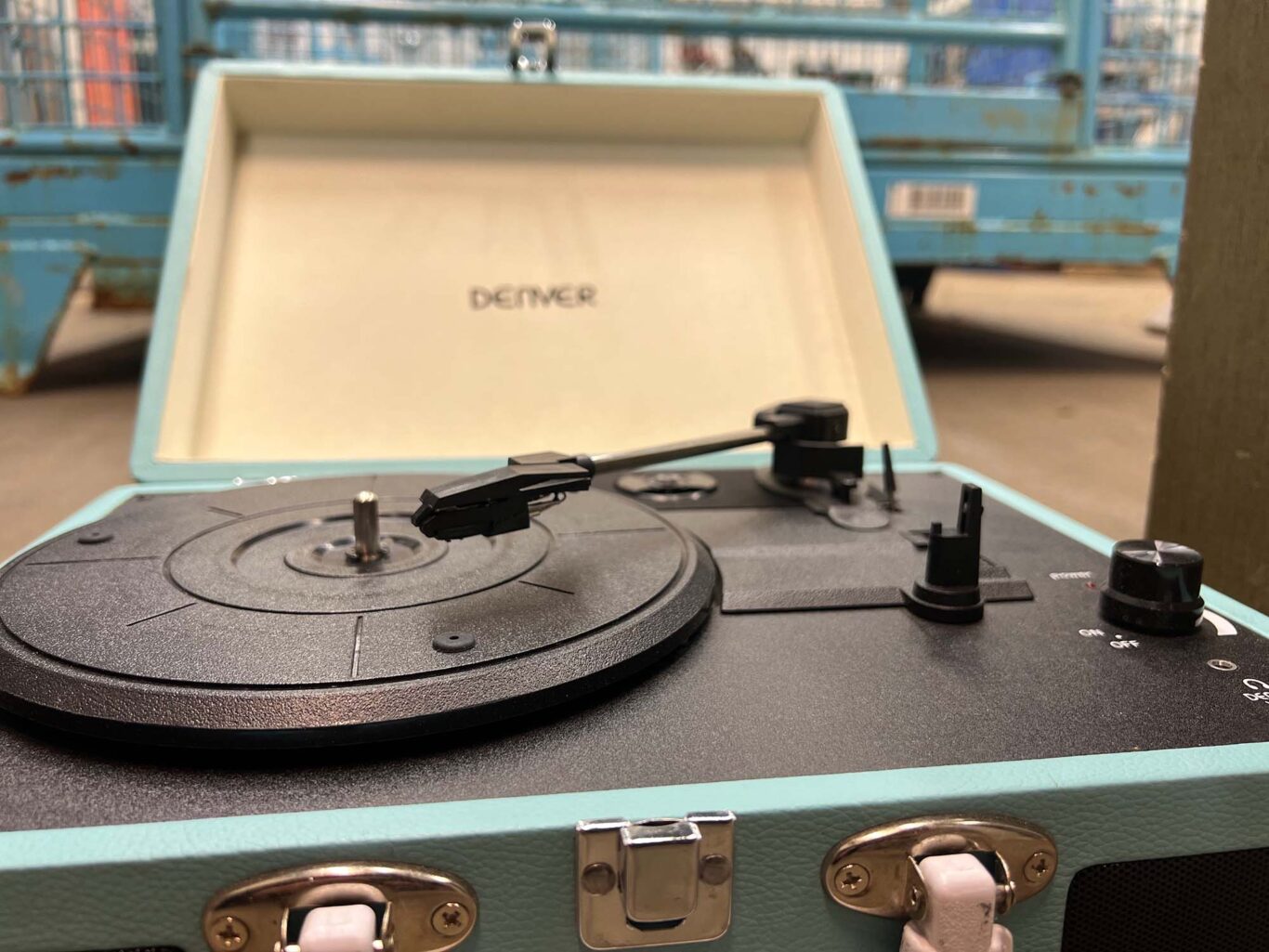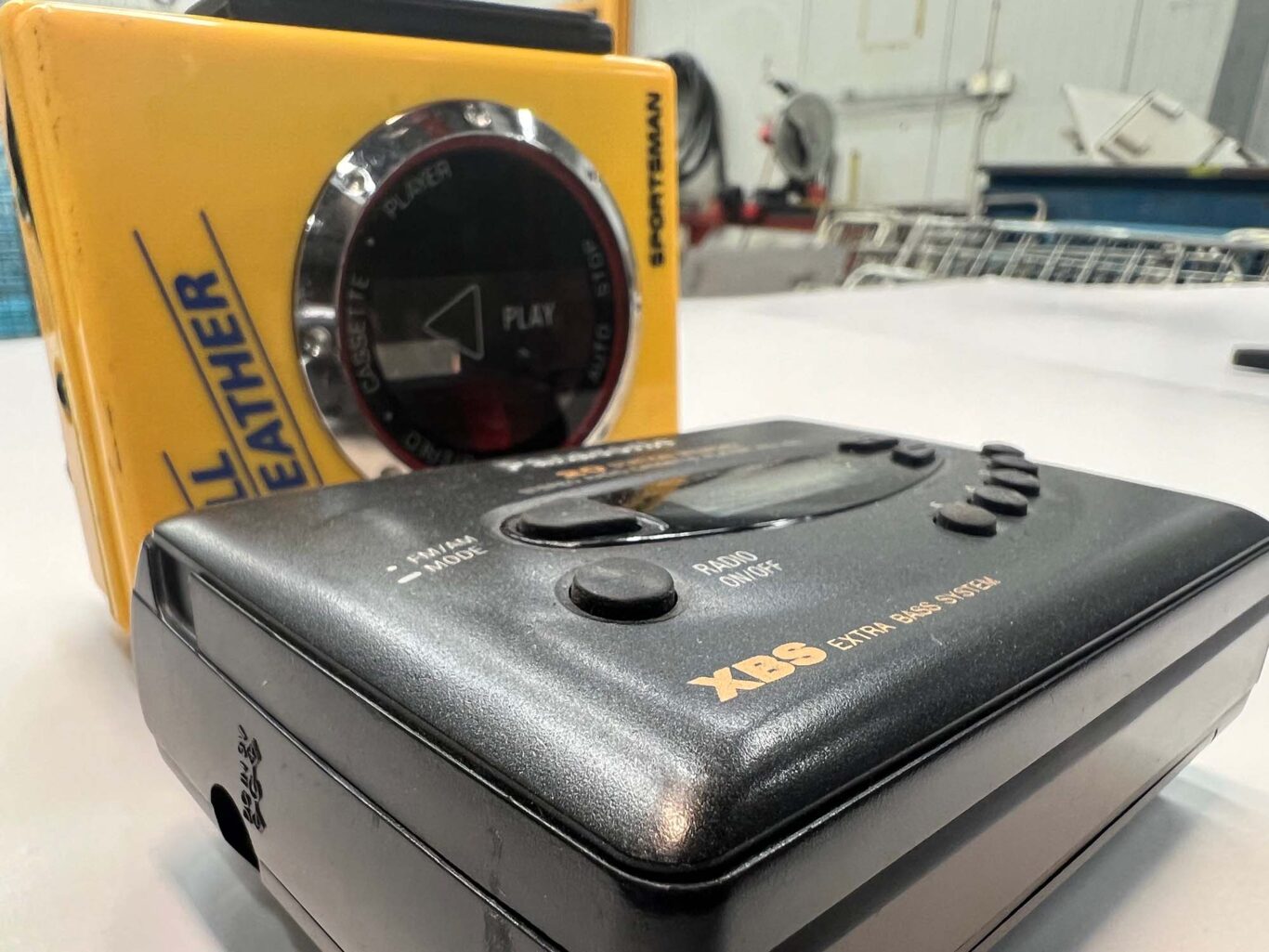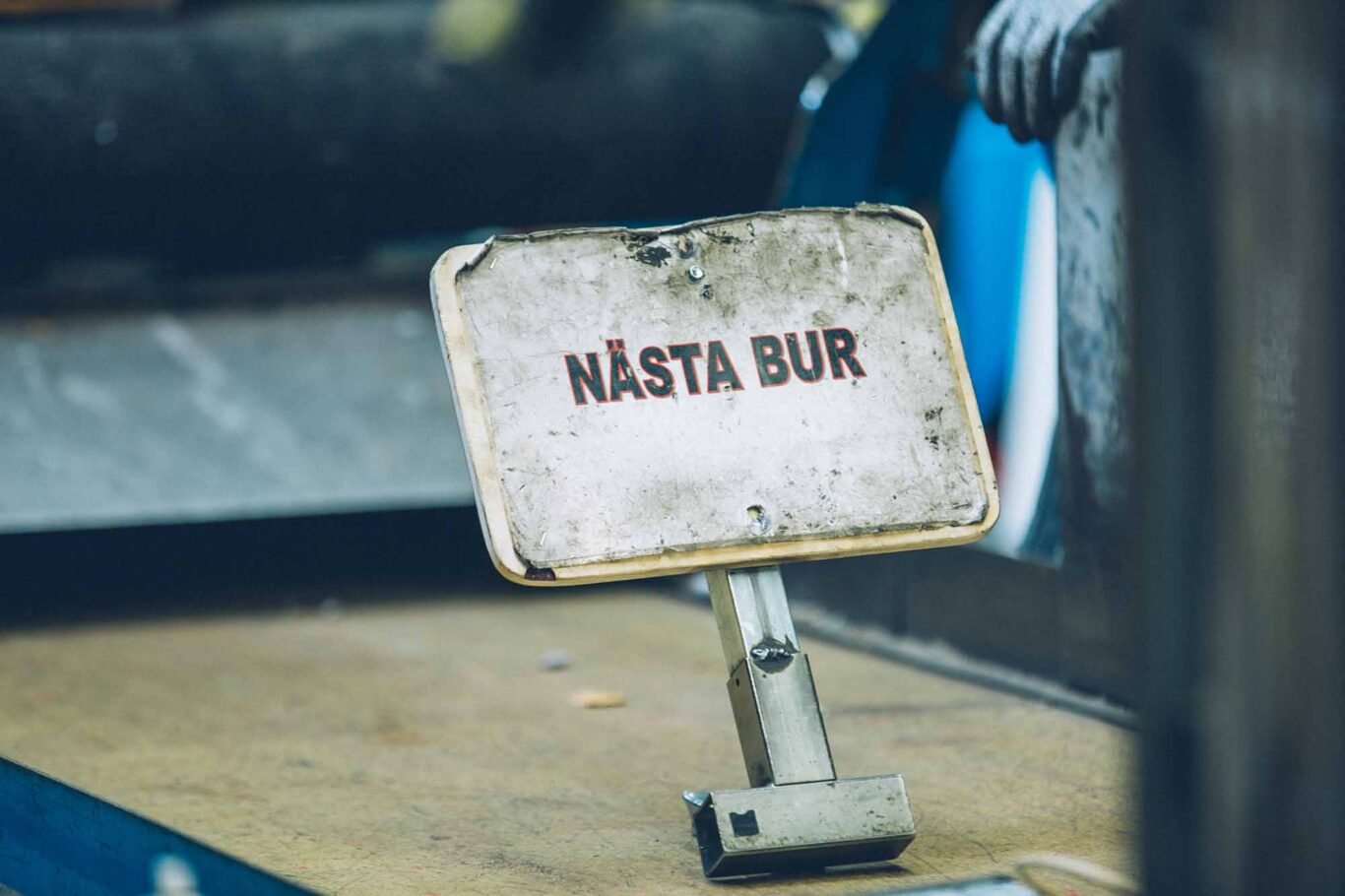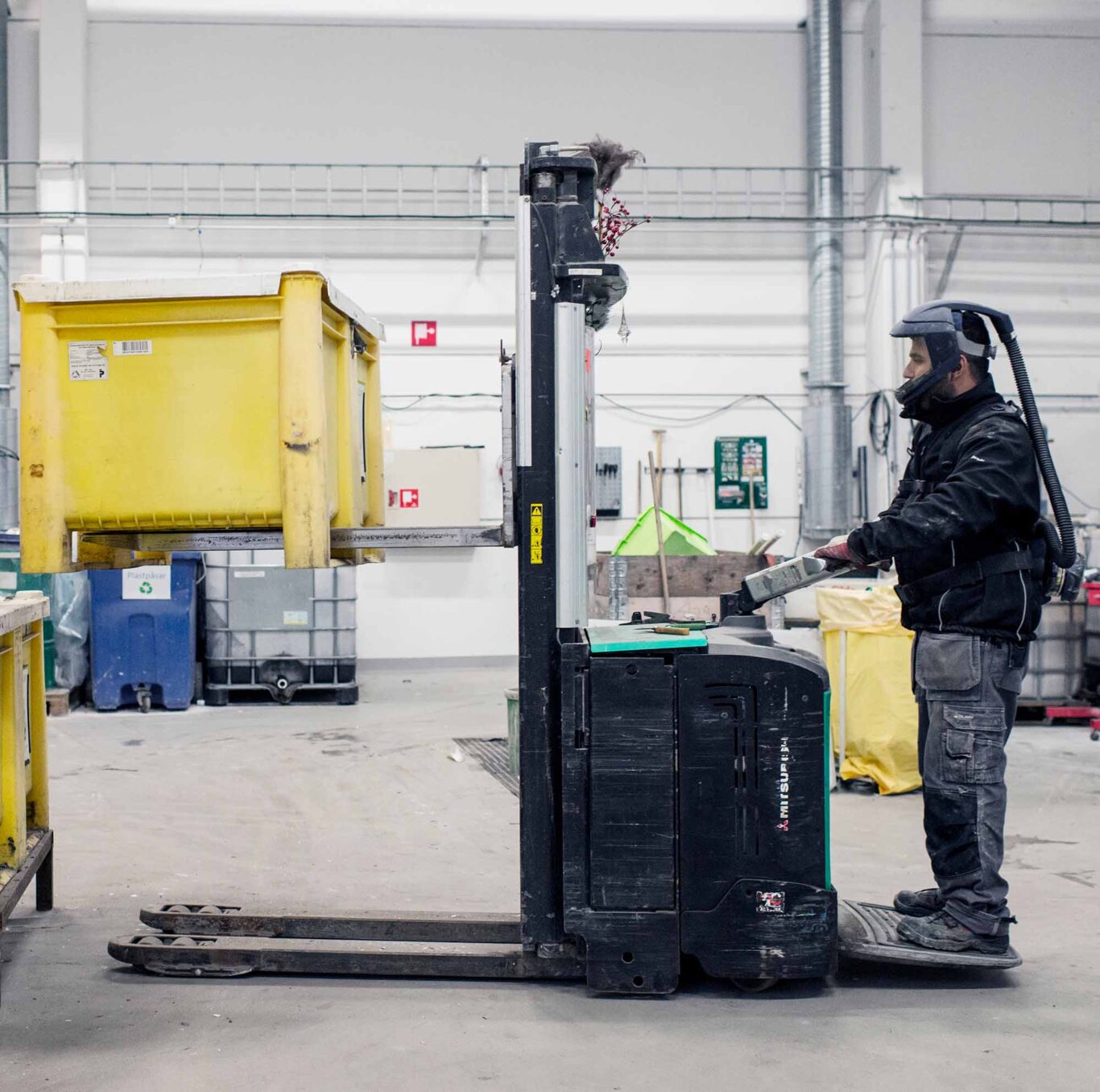Organisation
Our History
From an idea to a nationwide circular system – El-Kretsen’s history shows how cooperation, technology, and responsibility can transform an entire industry.
The foundation of producer responsibility lies in the “Polluter Pays Principle”. The concept originated in the 1970s and gained global traction in the 1990s as part of the UN’s sustainable development programme. In Sweden, producer responsibility was first introduced for newspapers and packaging in the mid-1990s. Electrical products were added in 2001, followed by batteries in 2009. Today, producer responsibility covers around ten different sectors.
Swedish industry has long been characterised by strong collaboration. Through industry associations, companies can jointly address non-competitive issues that strengthen both environmental performance and competitiveness. In 2001, several industry organisations came together to form El-Kretsen. The purpose was to help companies soon to be covered by producer responsibility for electrical products comply with legislation. Like its owners, El-Kretsen was to operate on a non-profit basis. In addition to legal compliance, the focus was on environmental and cost efficiency.
2001–2006 | The Early Years
El-Kretsen established a nationwide collection system in collaboration with Sweden’s 290 municipalities. Each municipality organised collection in its own way, but common to all was that the recycling centres became the points where e-waste was collected by El-Kretsen. This successful collaboration, known as Elretur, is still active and has continued to evolve over the years.
Contracts were established for transport, sorting, and recycling. The focus was on managing hazardous materials safely and maximising recycling. During these years, the collection was dominated by refrigerators and freezers containing strong refrigerants (freons, banned in 1995), as well as bulky CRT televisions containing mercury and lead – substances requiring special treatment. All collection containers were assigned unique ID numbers so that material flows could be tracked from collection to treatment.
El-Kretsen’s customers, the producers, were offered participation in this national collection system by joining, reporting their sales of electrical products to El-Kretsen, and financing collection and recycling. During these early years, El-Kretsen’s only revenue came from producer fees.


2007–2012 | Analysis, Digitalisation, and Batteries
An in-house analysis facility was built to map the contents of the collected material – providing a better understanding of what was being collected. How many kilos fit in an average container? What proportion is hazardous waste, and how much is valuable material? This knowledge made it possible to improve processes and renegotiate recycling contracts.
When global raw material prices rose, some product categories began generating surpluses, which were reinvested in the organisation or redistributed to producers.
The Declaration Portal was launched to simplify monthly reporting, followed later by the Collection Point Portal, where collection and transport are registered and managed.
In 2009, producer responsibility for batteries was introduced. In practice, El-Kretsen had already managed the batteries embedded in electrical products, but from this point on, El-Kretsen also took over the red municipal battery boxes and coordinated the collection of both loose and built-in batteries.
Producers selling standalone batteries or products containing built-in batteries now had to declare them to El-Kretsen and contribute to the financing of their collection and recycling.
2013–2018 | New Regulations and Technological Shifts
The EU’s WEEE Directive was updated, consolidating ten product categories into six. The so-called “open scope”principle was introduced – meaning that only specifically exempted products are excluded from the legislation, which previously mainly covered consumer electronics. Individual member states were allowed to make their own additions.
Technological shifts became visible in the data:
- Incandescent bulbs replaced by LED lighting
- CRT televisions replaced by flat screens and later LED displays
- Smart products integrated into furniture and clothing
These new products changed both the volume and weight of collected material, creating demand for new recycling technologies. El-Kretsen’s fees were adjusted to reflect this development.
El-Kretsen also participated in research and development projects, for example on the reuse of refrigerators and freezers. One outcome was the founding of Begagnade Vitvaror (“Used White Goods”), a company that refurbishes and resells white goods.
Together with European counterparts, El-Kretsen helped establish Weee Europe (now Pronexa) – a company that supports producers operating in multiple markets with reporting and compliance.
A Product Library was launched to facilitate classification, and El-Kretsen began offering authorised representation services for foreign producers.


2019–2024 | Growth and Diversification
El-Kretsen developed services for reporting hazardous waste, including an app for both waste generators and collectors, capable of handling more waste types than just electronics and batteries.
Battery collection boxes nationwide were replaced with safer models adapted for lithium-based batteries.
The organisation’s expertise has become increasingly sought after – by countries introducing producer responsibility, by researchers, municipalities, and producers seeking guidance in expanding regulatory frameworks.
Initiatives such as Kunskapsrummet.com and the “Tillsammans för kretsloppet” (“Together for the Circular Economy”) conference have strengthened the distribution of knowledge to new audiences, including schools.
2025– | New Challenges
El-Kretsen now also offers reporting services for packaging and collaborates with Nordic neighbours to simplify compliance for producers operating across borders.
The EU’s new Battery Regulation (2023/1542) replaces the Swedish legislation. El-Kretsen is developing solutions for managing the regulation’s new battery categories.
El-Kretsen assess its future role in the forthcoming producer responsibility for textiles.